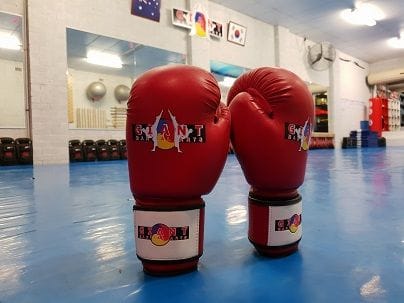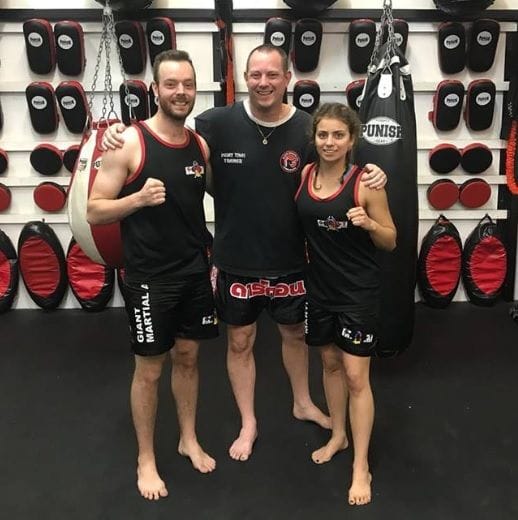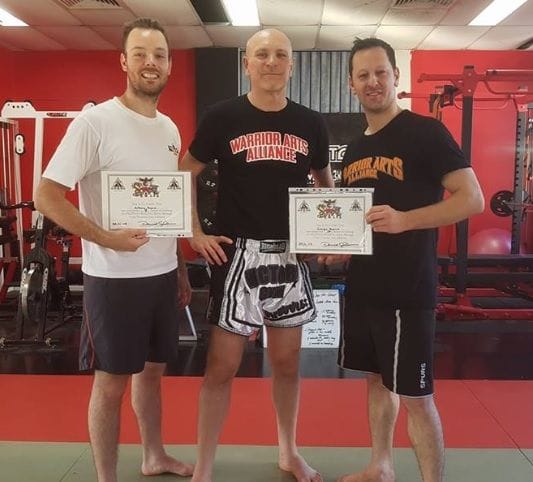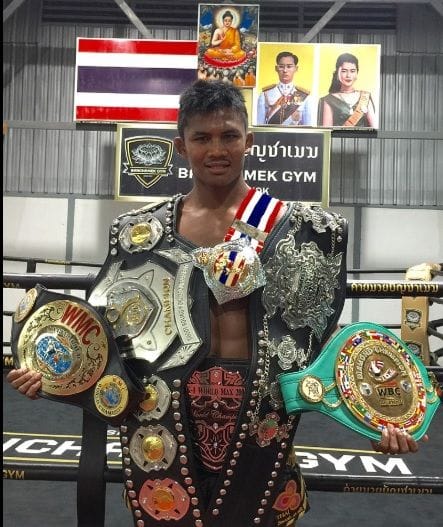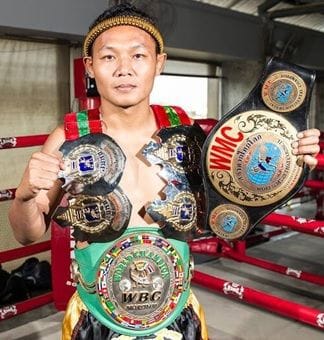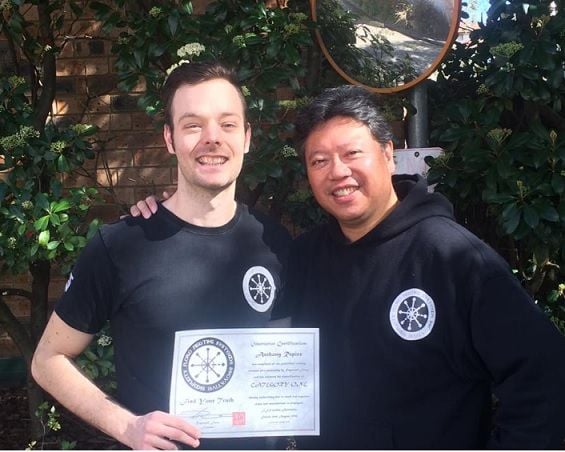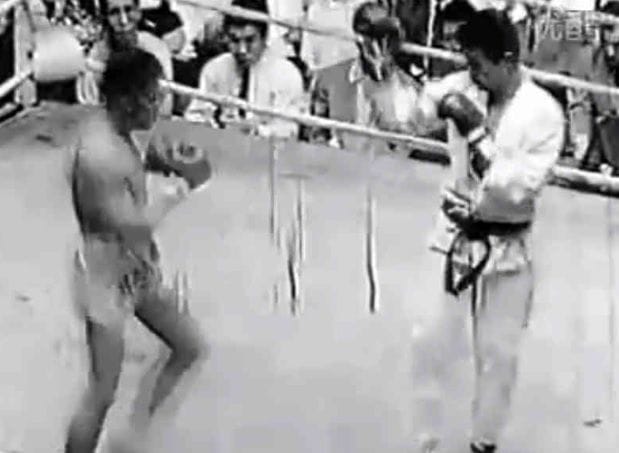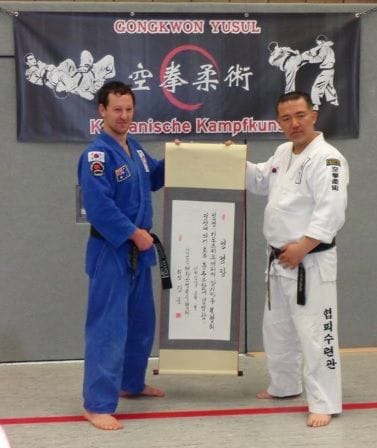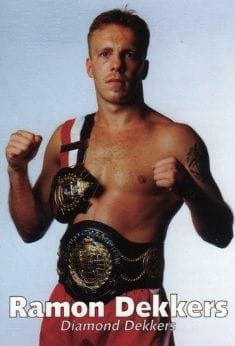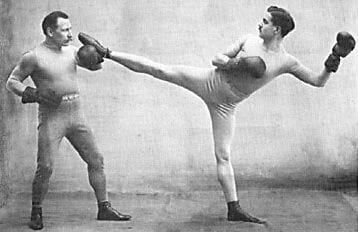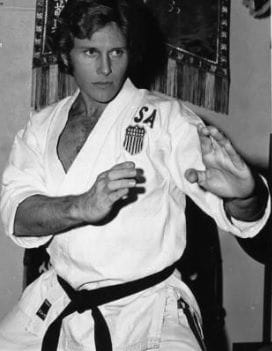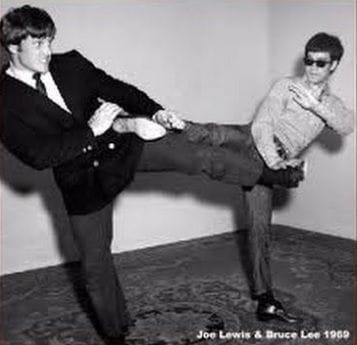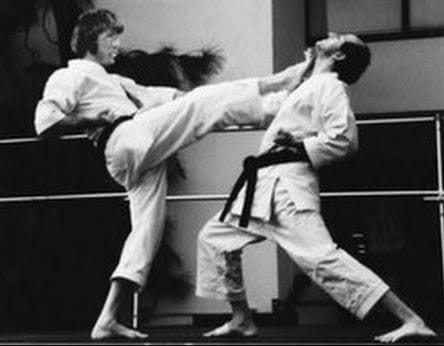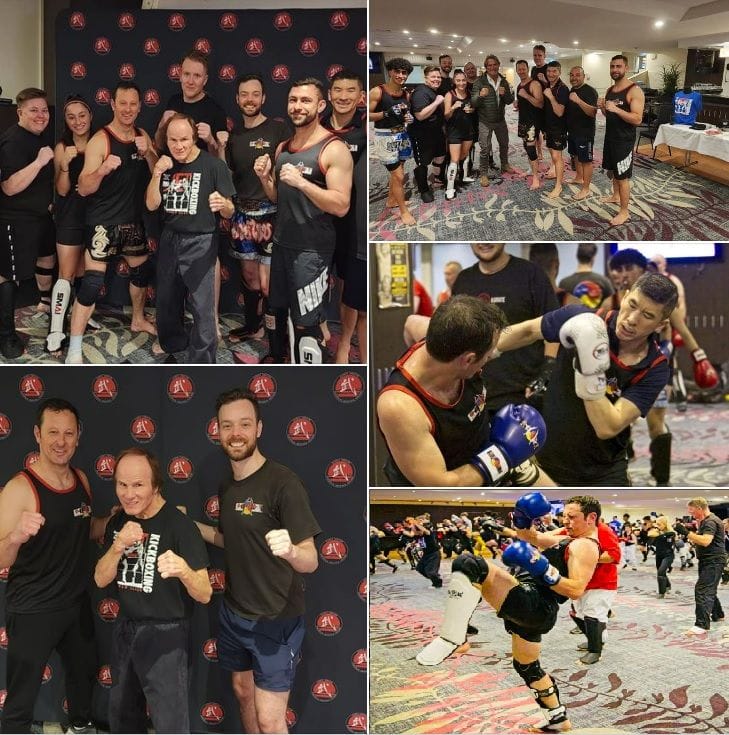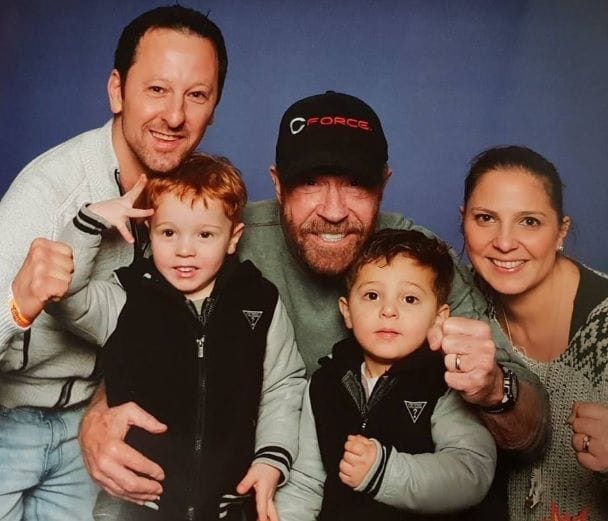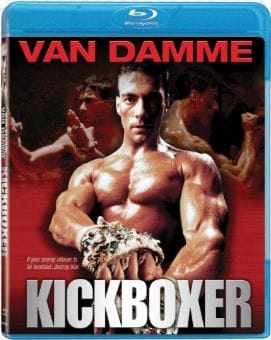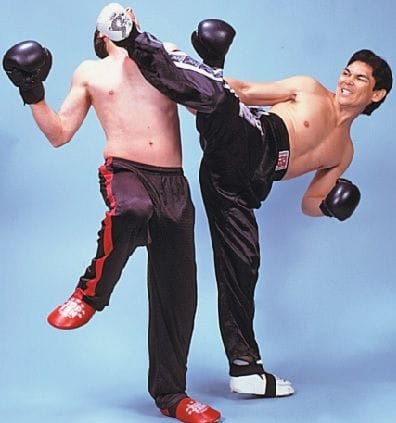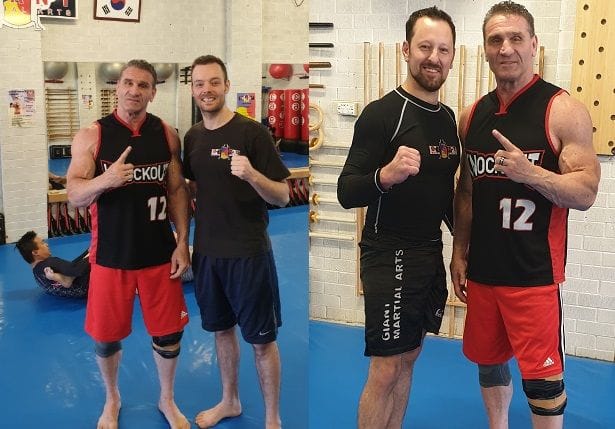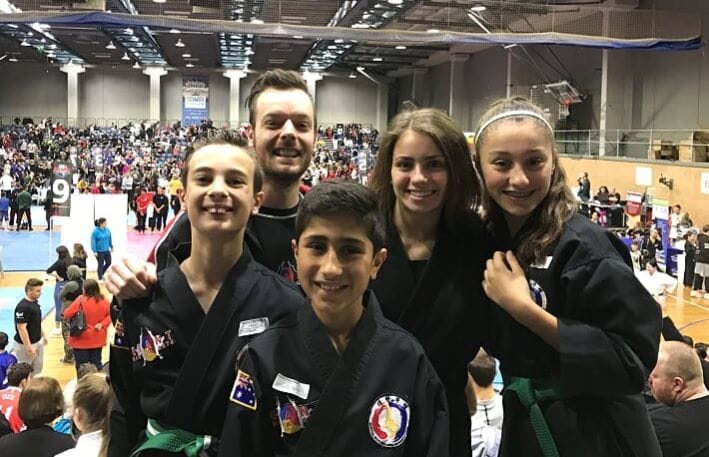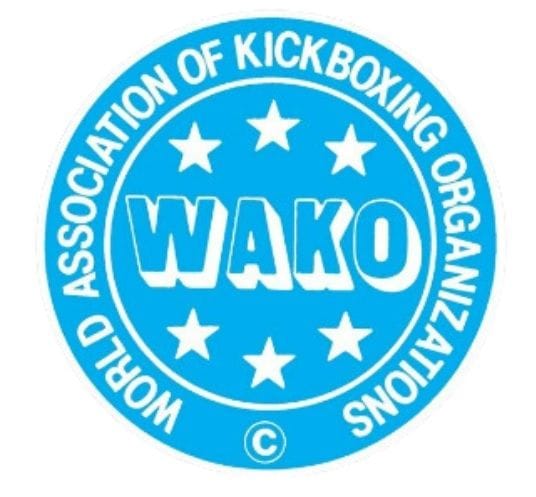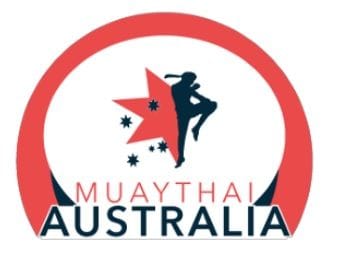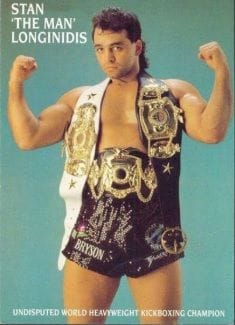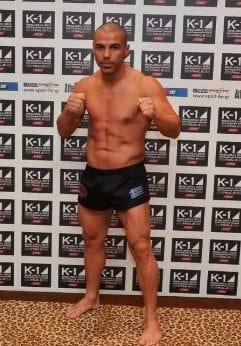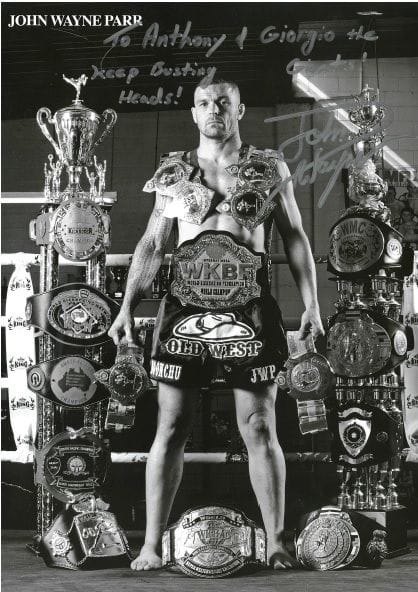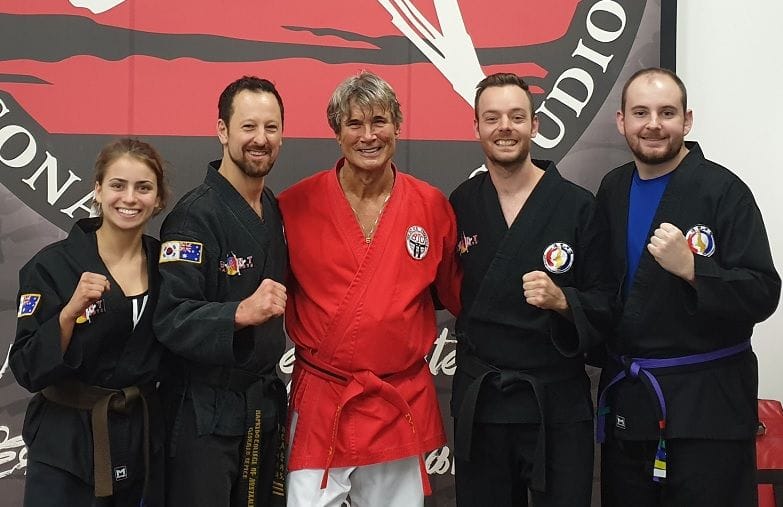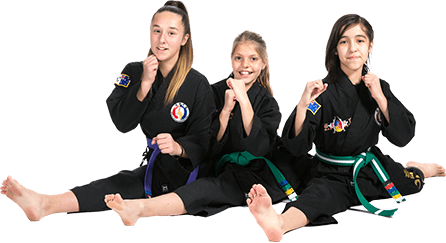In brief, Kickboxing is a hybrid striking martial art comprising of punches and kicks and further (depending on the system) will also include elbows, knees and headbutts.
It developed in the 1960's from striking arts such as Karate (Japan), Muay Thai (Thailand), Western Boxing and Taekwondo (Korea). Kickboxing began to be practiced for self defence, fitness or as a contact sport. It is ranked like most martial art systems with an armband, belt or t-shirt colour starting from white to yellow, orange, blue, red up to black etc. depending on the school (for example, the British School of Kickboxing awards a red belt before the yellow).
By the mid 1970's, the popularity of Kickboxing spread across the United States and the western world via competition and cinema and major federations were formed.
By the mid 1990's, with the addition of wrestling and ground fighting techniques adapted from Brazilian Jiu-Jitsu, the art of Kickboxing contributed to the development of Mixed Martial Arts.

